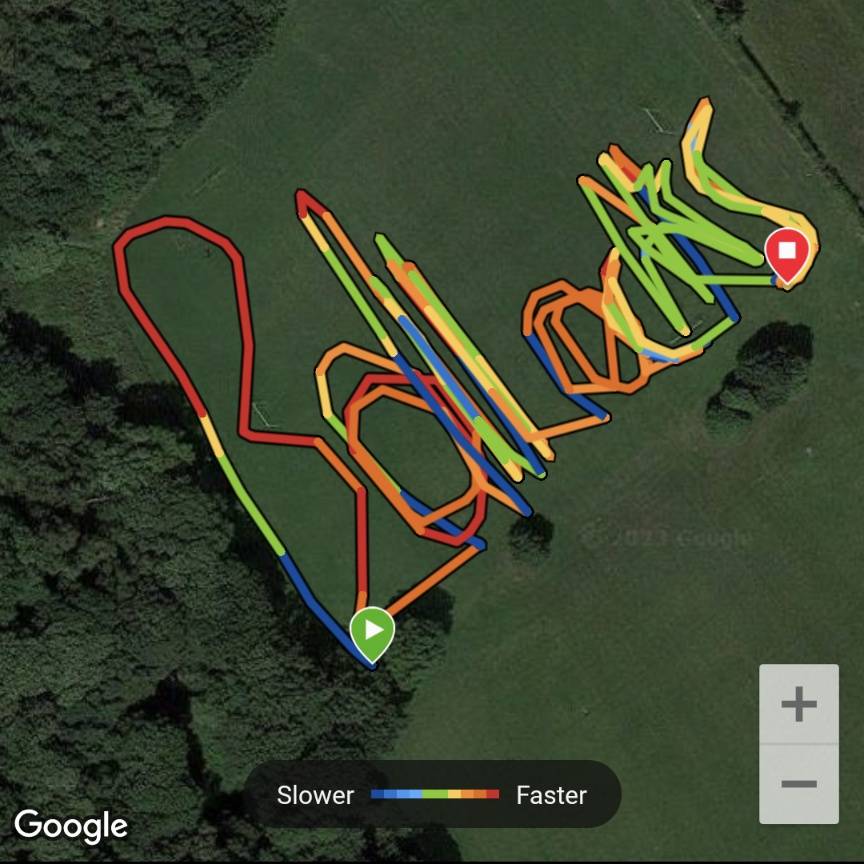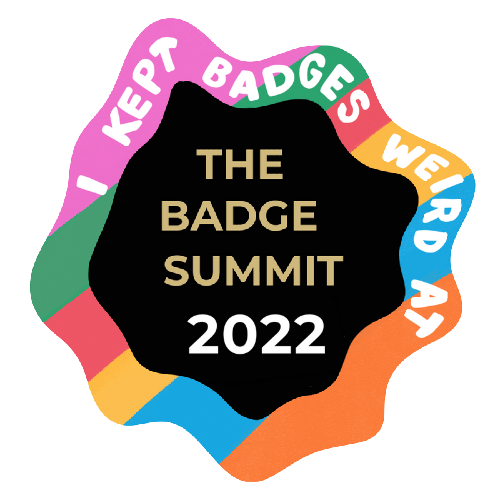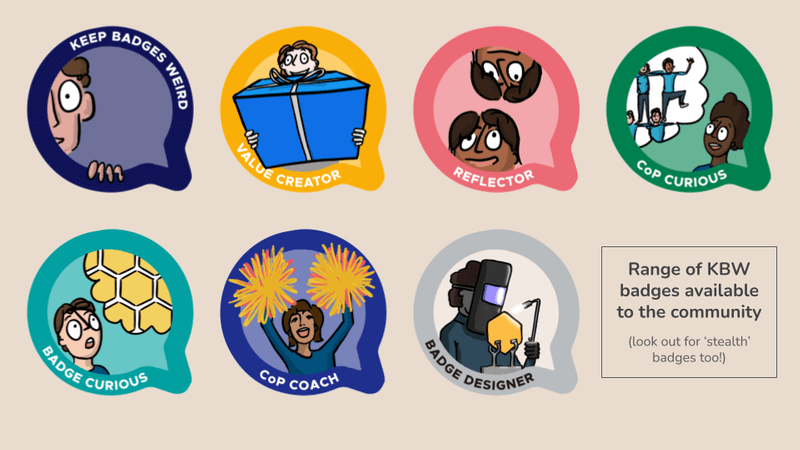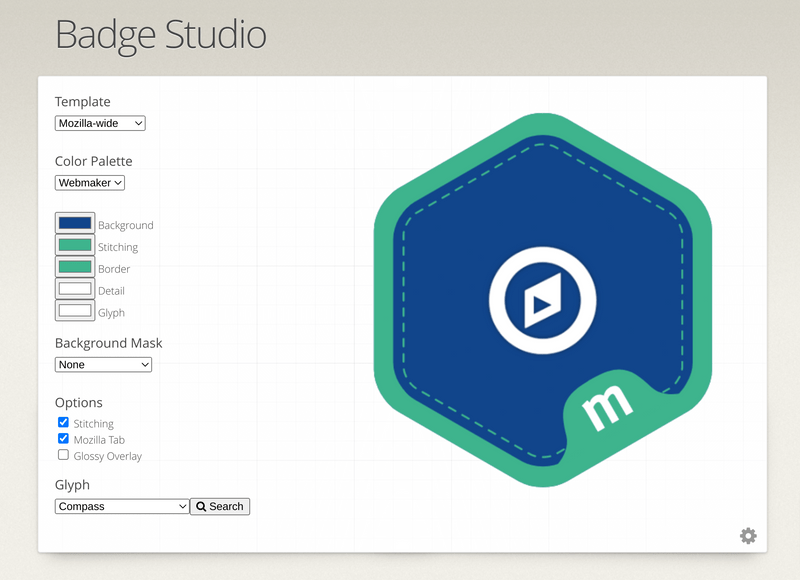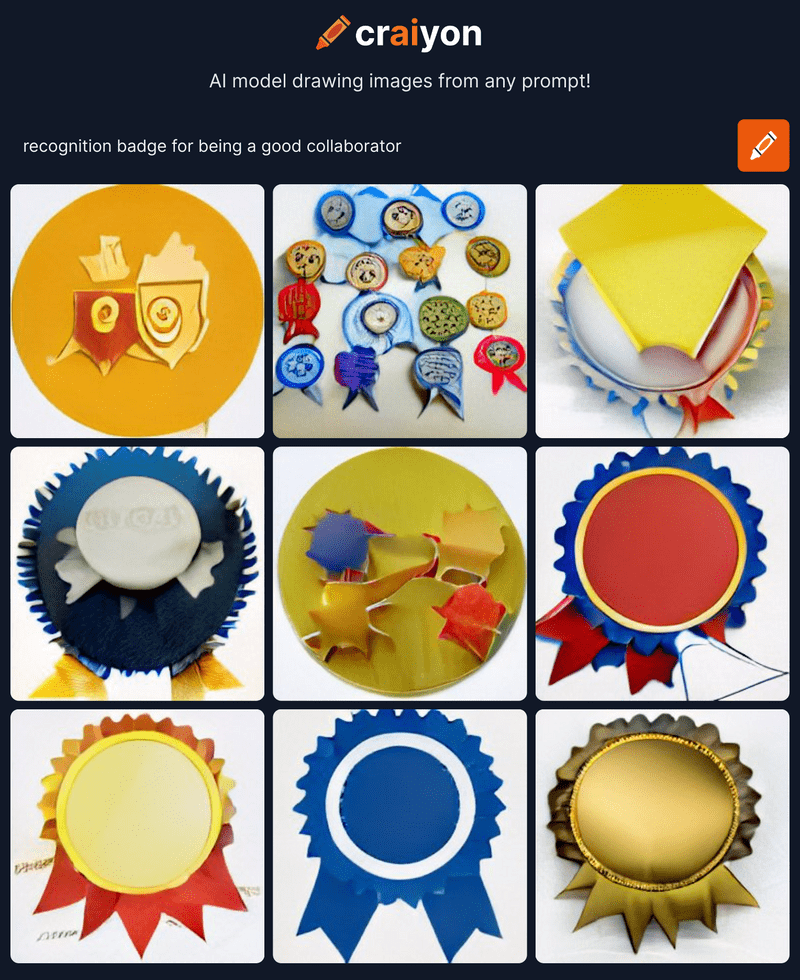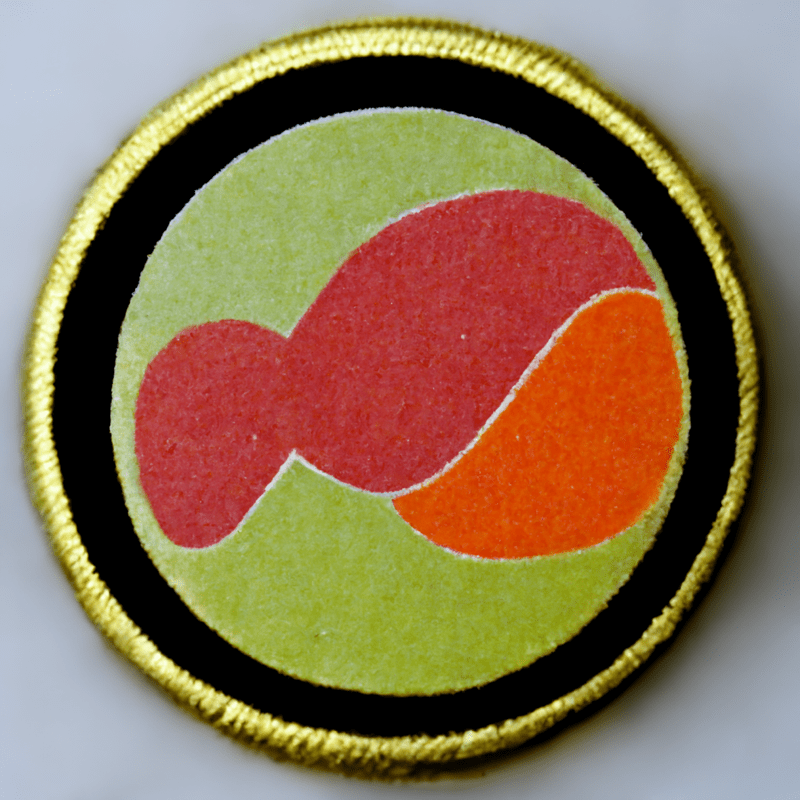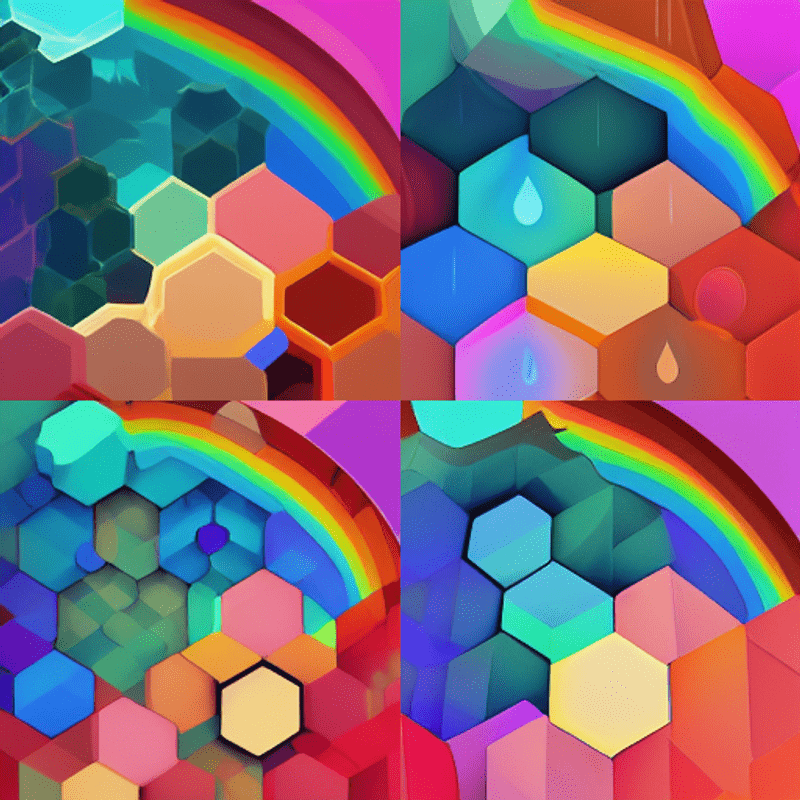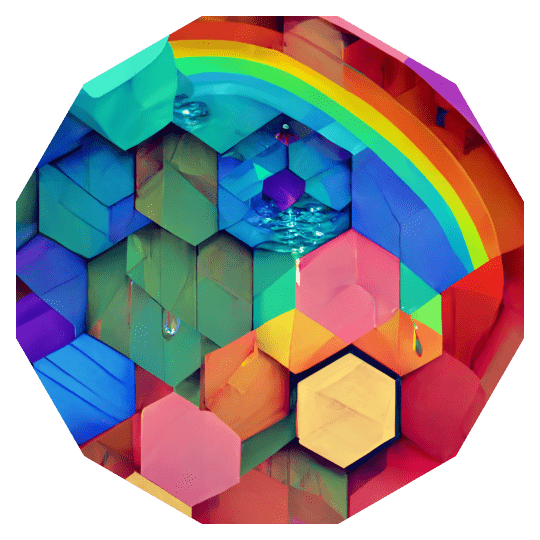You’re welcome to my exhaust
I’ve mentioned this in passing and used this analogy before, but I don’t believe I’ve ever dedicated a post to it: you’re welcome to my exhaust. In other words, I don’t subscribe to the concept of “intellectual property” and never have.
To me, ideas are akin to the exhaust of a moving vehicle: byproducts of a journey, evidence of motion, and not something to be hoarded or controlled. In the words of Taylor from the TV show Billions, I need have a need to maintain constant “forward momentum” and so you’re welcome to my emissions.
Perhaps the most significant contribution I’ve made to knowledge is my doctoral thesis, which I arranged with Durham University to release under a Creative Commons Zero licence — i.e. dedicating it to the public domain. If you look carefully at this blog, you’ll notice I do the same with all my posts here.
Rejecting intellectual property is in alignment with anarchist ideals of dismantling hierarchies and promoting voluntary cooperation. Open sharing breaks down the barriers created by traditional ownership, helping to build communities and societies where knowledge flows freely and individuals collaborate without coercion.
I do, of course, have to acknowledge my privilege as a straight, white, Western male; this position affords me certain freedoms and protections that others may not have. I do feel a responsibility through this recognition, though, to challenge systems that perpetuate inequality — including the notion of intellectual property. Freely sharing my work is my contribution to a more equitable distribution of knowledge.
Some might argue that intellectual property rights are necessary to ‘incentivise’ creativity or protect creators’ livelihoods. While I am certainly not unaware of the daily financial struggles of some of the creative people, I nevertheless maintain that creativity thrives not through restriction but through openness. Throughout history, I would argue, the greatest advancements have come from the free exchange of ideas, where thinkers built upon each other’s work without barriers. That is to say I’m a believer in scenius instead of genius.
One day, I’ll find a metaphor less environmentally unsound than “exhaust.” Perhaps ideas are like seeds scattered in the wind? They take root wherever they land and grow in unexpected ways? For now, though, “exhaust” gets across what I mean. And yes, feel free to rip, remix, and reuse this post. 🤘

